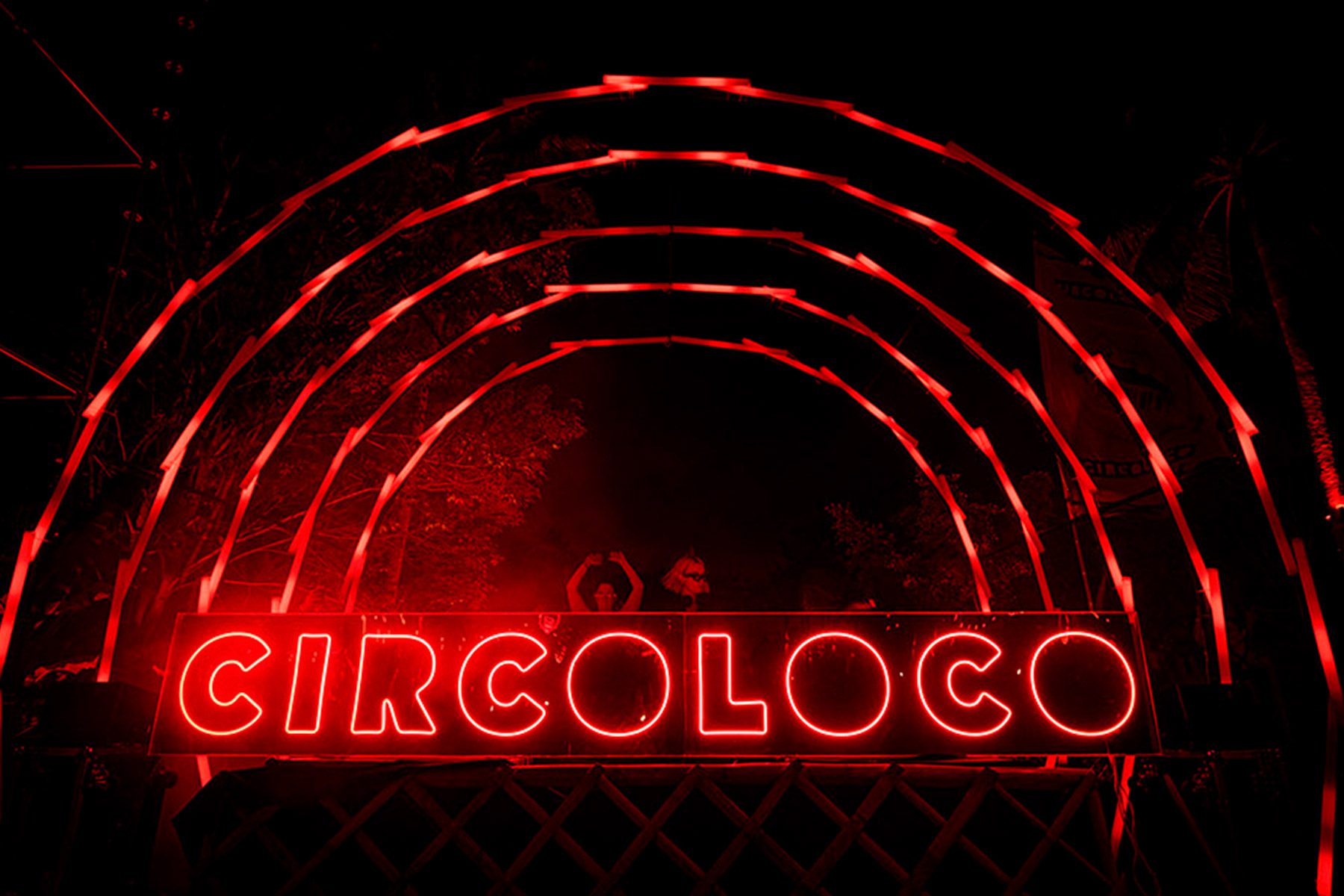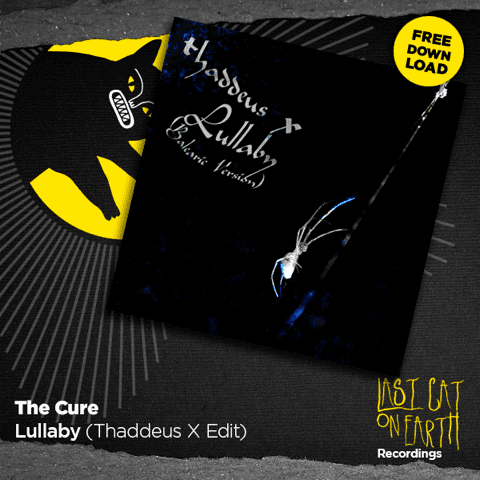Tor is a DJ/producer hailing from Vancouver, Canada who’s been consistently releasing his signature brand of electronic music since mid-2011. His debut 10-track full-length album, ‘Drum Therapy’, released on Loci Records arrived in 2012, and in 2016, his sophomore album ‘Blue Book’ was released via the same imprint, and both would go on to gain over 20 million combined hits across all platforms to-date. Over time, he’s graced the stages at some of the world’s most renowned events and festivals, such as Electric Forest, Lightning in a Bottle, Shambhala, Envision, Basscoast, Oregon Eclipse, and The Do Lab stage at Coachella to name a few.
After busy periods of making music and touring, the newfound sense of home and permanence now felt by Tor can
be heard throughout ‘Oasis Sky’. Set to be released via his own imprint, Eleuthera Music, the new album marks an exciting new point for the acclaimed electronic musician
Best known for his work with Emancipator’s Loci Records and official remixes for ODESZA and Rufus Du Sol, Tor has emerged with a brand new single, ‘Foxglove’ from his upcoming LP, ‘Oasis Sky’ (due out this spring). Mastering a unique brand of pulsating electronica, the track traverses through ambient soundscapes, highlighting manipulated vocal chops and moody chords, with a hint of breakbeats.
To celebrate the release of ‘Foxglove’, Tor shares 5 tips to produce drums.
1. Group Drum tracks
I always like to group all my drum tracks together and apply saturation or compression to them. It can really glue all the sounds together, and pushed a bit harder it can have some interesting artifacts. On my new song ‘Foxglove’ I pushed a Klanghelm MJUC compressor plugin pretty hard over the drum group and got a great pumping sound with the hats and percussion. I also like to send any drum reverbs or delays to the same bus.
2. Layer layer layer
Layering is a great way to fill out the sounds and give drums body and character and to sound less like triggered one-hits. For example, if I’m working with a basic kick sometimes I’ll layer a floor tom or some kind of percussion sample with a nice reverb tail over top, or if I like the attack of a snare but it lacks body, I’ll layer 2 or 3 different percussion samples underneath to add in the tones I’m looking for and mix it all in to taste so it sounds natural and part of the same sound. Sometimes I’ll layer phono or ambient noise under all the drum tracks to fill them out too.
3. Fill in the spaces
If layering samples with ambience or reverb tails that get cut off, sound unnatural or too “choppy”, sometimes I’ll cut the last section of the tail and loop it, stretch it, or reverse it to fill the empty space, or automate a reverb send or short delay to smooth out the edit.
4. Create movement
I try to have the drum tracks sound alive, full, and natural. You can do things to create movement like layering claps to hit just before the snare or muting a 1/4 beat of a shaker loop to give it some variation. I also like sidechaining different elements to duck from the kick or add a volume envelope to a shaker, Tamborine, or percussion loop to add a pumping effect.
5. Automate everything
Another great way to add life to drums is to use lots of automation. You could have the volume of elements rising and falling, add a low pass filter sweep to fade out an element, automate subtle short delay sends to different percussion hits, or mix in a flanger or phaser to smooth out a transition.
Tor’s ‘Foxglove’ is now available. Stream and buy here.
Follow Tor: Facebook | Instagram | Soundcloud | Spotify











